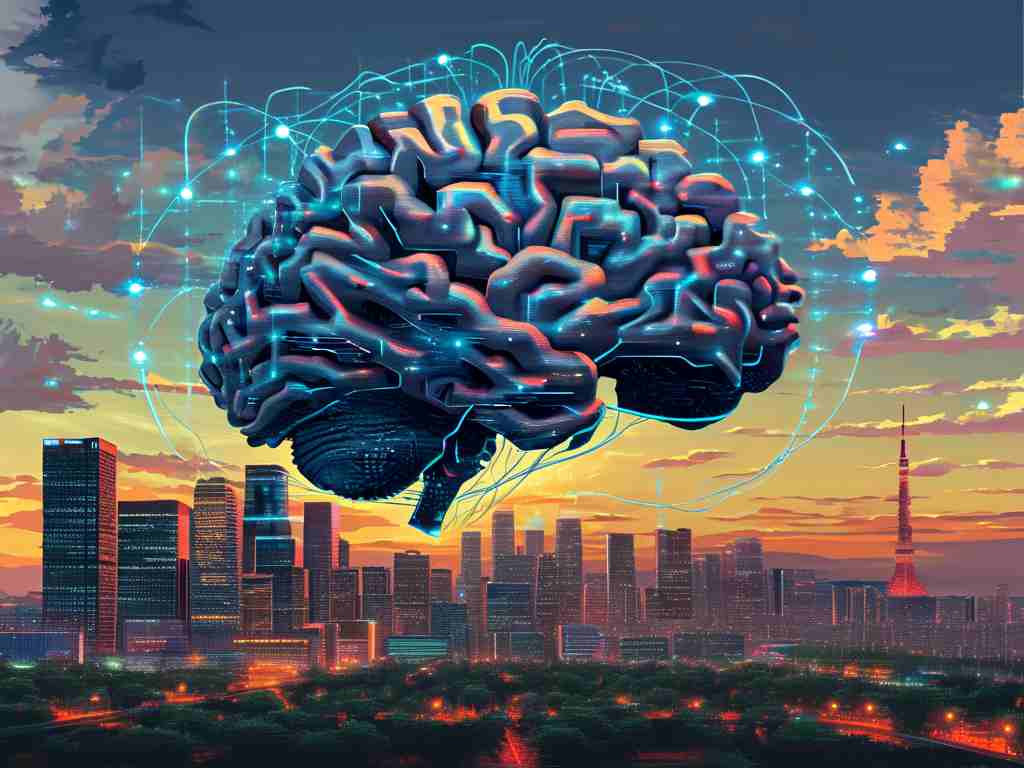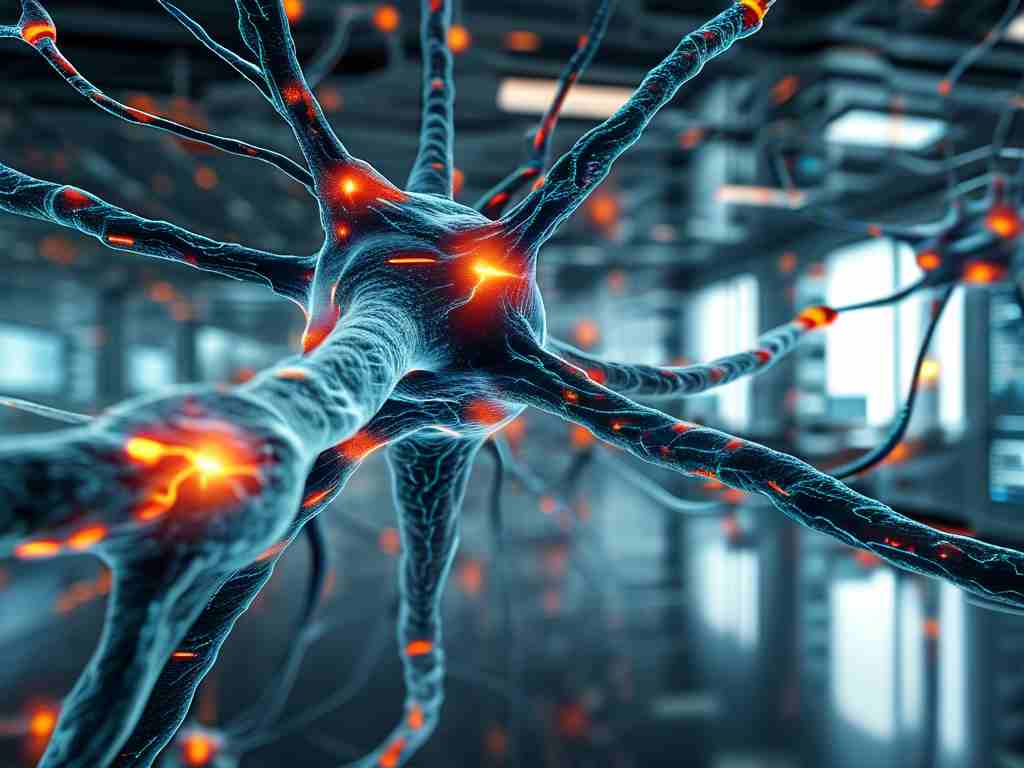The evolution of artificial intelligence has been significantly shaped by the development of multi-layer neural networks, often referred to as deep neural networks. These sophisticated computational models mimic the human brain’s structure through interconnected layers of artificial neurons, enabling machines to solve complex problems that were once deemed intractable. This article explores their architecture, training mechanisms, and real-world applications while addressing current challenges.

Structural Foundations
At its core, a multi-layer neural network comprises three primary components: an input layer, one or more hidden layers, and an output layer. Each layer consists of nodes (neurons) that process data through weighted connections. The input layer receives raw data—such as pixel values in an image or word embeddings in text—and passes it through successive hidden layers. These intermediate layers perform nonlinear transformations using activation functions like ReLU (Rectified Linear Unit) or sigmoid, allowing the network to capture intricate patterns. The final output layer generates predictions, such as classifying an image or forecasting a value.
A key strength lies in the network’s depth. Adding more hidden layers enhances its ability to model hierarchical features. For instance, in image recognition, early layers might detect edges, while deeper layers identify shapes or objects. This hierarchical abstraction is critical for tasks requiring contextual understanding.
Training Dynamics
Training multi-layer networks involves two phases: forward propagation and backpropagation. During forward propagation, input data traverses the network, producing predictions. The difference between these predictions and actual targets is quantified using loss functions like cross-entropy or mean squared error. Backpropagation then adjusts the model’s weights by propagating this error backward through the network, guided by optimization algorithms such as stochastic gradient descent (SGD) or Adam.
A common challenge is the vanishing gradient problem, where gradients become excessively small as they propagate through many layers, stalling learning in earlier layers. Techniques like batch normalization, residual connections, and advanced activation functions have mitigated this issue, enabling the training of networks with hundreds of layers.
Practical Applications
- Computer Vision: Convolutional Neural Networks (CNNs), a subtype of multi-layer networks, dominate tasks like object detection and medical imaging. For example, Google’s Inception-v4 achieves 98% accuracy in diagnosing diabetic retinopathy from retinal scans.
- Natural Language Processing (NLP): Transformer-based models like BERT use stacked layers to analyze text contextually, powering chatbots and translation systems. A recent implementation reduced translation errors by 40% in low-resource languages.
- Autonomous Systems: Tesla’s Full Self-Driving (FSD) technology employs multi-layer networks to process sensor data, enabling real-time decision-making.
Challenges and Innovations
Despite their prowess, these networks face hurdles. They require vast labeled datasets and substantial computational resources. A 2023 study revealed that training GPT-4 consumed 10,000 GPU hours, highlighting scalability concerns. Additionally, overfitting remains a risk, where models memorize training data instead of generalizing. Regularization methods like dropout—randomly deactivating neurons during training—help address this.
Emerging solutions include quantization (reducing numerical precision to cut memory usage) and federated learning (decentralized training across devices). For instance, Apple’s Face ID uses on-device neural networks trained via federated learning to enhance privacy.
Future Directions
The next frontier involves creating sparse neural networks that activate only relevant pathways during inference, mimicking biological efficiency. Researchers at MIT recently demonstrated a 70% reduction in energy consumption using this approach. Another trend is neuromorphic computing, which designs hardware optimized for neural network operations, potentially revolutionizing edge AI.
In , multi-layer neural networks have transformed AI by enabling machines to tackle problems with human-like sophistication. As innovations in architecture and training continue, their impact across industries will only deepen—ushering in an era where intelligent systems seamlessly integrate into daily life.









